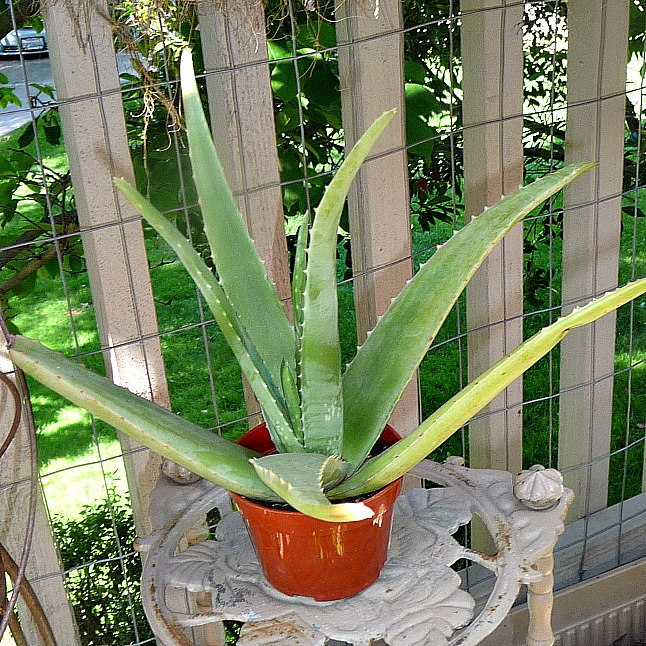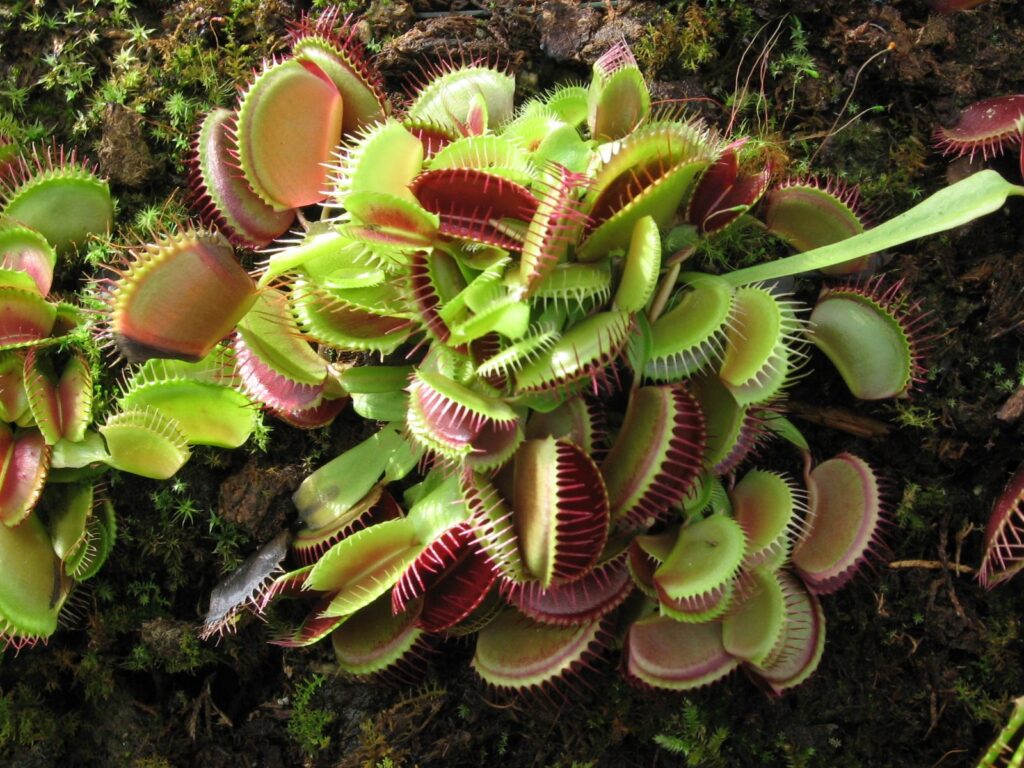When you decide to start a collection, you will develop “bug vision” almost overnight. I once stopped in the middle of a crosswalk to pick up a dead dragonfly that was in mint condition. A friend was dumbfounded, “How did you even see that??” she asked. That was when it started.
Supplies Needed: Case, net, pins, styrofoam, regular tweezers, straight tweezers, 70% rubbing alcohol, vials and lots of enthusiasm.
Helpful Supplies: hand lens for looking at bugs, pinning block, net for catching flying insects, containers for catching other insects (plastic ware, old pill bottles, old cottage cheese/cream cheese containers, etc.) Keep in your car and/or purse at all times so you can grab a bug in a jiffy when you see one.
Bug Collection CreationEntomologists make collections according to insect “orders.” Review the orders below and collect accordingly. Freeze the bugs you have that are live for about a week, and then leave them to thaw for 15 minutes before you are ready to pin.
Hymenoptera
Hymenoptera are bees, ants and wasps. Choose a wasp or honeybee to pin (ants are best in alcohol). I’m pinning a ‘Female Carpenter Bee.’ This bee is sometimes viewed as a pest because it often bores holes under the eaves of houses. Since it’s such a large insect and makes a loud buzzing noise, people may be frightened by it. However, female carpenter bees only sting if you really bother them, and male’s can’t sting.
Pick up your specimen gently with tweezers and set it on a styrofoam block. Select a pin, in this case a 001. See the bottom illustration for where to insert the pin. At first, you may pin the insect at an angle. It’s okay to pull the pin out (gently) and try again until it goes straight through. As you work, you may break off antennae and legs, so you might want to practice on a critter you have in large supply in case anything goes wrong. And remember, use superglue if too many parts fall off. Once you’ve pinned your insect, congratulate yourself! Then print a small label in all caps using 12-14 font, and pin to the board near your specimen.
Orthoptera
Orthoptera are grasshoppers, crickets and katydids. Although they have long legs that can break off, with practice you can pin them easily. Most crickets and grasshoppers should be pinned. You may need to use a size 03 pin because the exoskeleton is pretty hard. See below for where to insert the pin. For fun, I’m showing you a really cool insect called the Jerusalem cricket, aka Potato Bug. It doesn’t eat potatoes and it isn’t poisonous, but it can deliver a painful bite (it bit the friend that caught it for me). This specimen is preserved in alcohol because insects with fleshy bodies can shrivel. This specimen is over 10 years old and still looks great!
Diptera
Diptera are flies, mosquitoes. This robber fly is what I like to call the “hyena of the bug world.” Instead of catching it’s own food, it buzzes in on some other bugs’ turf and robs it. For large flies, pin as shown in diagram below. For tiny flies, either glue the fly on a triangular piece of paper and then pin the paper, or just use a vial. It’s up to you. Mosquitoes get brittle, so I like to use a vial. There is also a really neat flower fly that likes to mimic bees. It buzzes around flowers and acts like a pollinator, but if you watch, you’ll see it flies so randomly that it couldn’t possibly be a bee. Also, diptera have 2 wings, while hymenoptera have 4, so if you catch one and examine it with a hand lens, you can figure out the Order.
Lepidoptera
Lepidoptera are butterflies and moths. When freezing Lepidoptera, place them in a ziplock bag. Otherwise they beat their wings to try and escape, and the scales fall off (this is why the one on the right has translucent-edged wings. Pin using size 01 as shown below. Avoid touching the wings. If you want to spread them out, use a pin to gently push the wing out and then keep the pin in place for several days. Many times moths like this white-lined sphinx moth have a beautiful color hiding underneath.
Coleoptera
Coleoptera are beetles. This is the largest order of insects on the earth, and includes lady beetles (ladybugs). Although it seems mean, you definitely need a lady beetle in your collection! You may even want to include the larvae and pupae, as many people don’t know what they look like. If you don’t want to kill one, look for one that is already dead.
Sometimes after an insect dies, its legs are in odd positions. As they thaw, it’s easy to manipulate legs and antennae using a straight tweezer (after you’ve pinned the insect). Professionals go to amazing lengths and use tons of pins to do the job. Check out these videos from Purdue University.
OdonataOdonata are dragonflies and damselflies. I was given this beautiful damselfly specimen and decided to put it in a vial. If you are given an insect that has been dead for several hours, you won’t be able to manipulate it without causing damage. Damselflies are different from dragonflies in several ways: they are smaller as a rule, and when they land their wings are parallel to their bodies, while dragonfly wings rest perpendicular. Both insects live most of their lives in water as nymphs, where they prey on mosquito larva and other insects.
Happy Bug Collecting! If you ever have any questions, feel free to email me at anne@anneofgreengardens.com
Comments
Odonata are dragonflies and damselflies. I was given this beautiful damselfly specimen and decided to put it in a vial. If you are given an insect that has been dead for several hours, you won’t be able to manipulate it without causing damage. Damselflies are different from dragonflies in several ways: they are smaller as a rule, and when they land their wings are parallel to their bodies, while dragonfly wings rest perpendicular. Both insects live most of their lives in water as nymphs, where they prey on mosquito larva and other insects.
Happy Bug Collecting! If you ever have any questions, feel free to email me at anne@anneofgreengardens.com






September 17, 2012 at 1:19 am
Great article. I’ve always used 90% iso alcohol though, does it make much of a difference between the 70% and 90%? Also, do you ever need to change the alcohol after X number of years? And what about Denatured alcohol as it can be bought in larger amounts. I’ve used it for a pigeon squab that didnt make it, and so far its worked just fine, but I don’t know about long term.
September 17, 2012 at 8:50 pm
Thanks Brandon! Good question. I was told in my classes that over 90% alcohol causes the insect to break down, but this was quite a few years ago. Plus I’ve never tried it so I couldn’t say if it does or not. I’ve noticed after a few years the alcohol discolors so I change out the solution. I consider myself to be an amateur enthusiast, so you may enjoy this article I found that mentions denatured alcohol and that it works well. Good luck on your collection! http://www.sciencetoolbox.com/articles/article_06-16-04.html
Anne